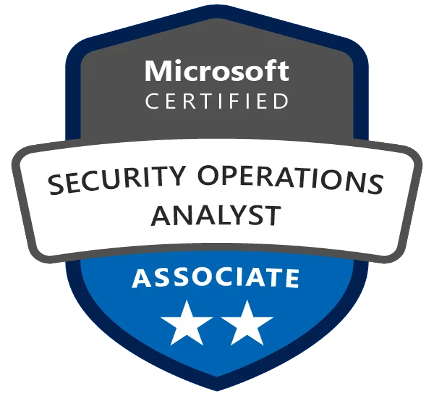Privileged Access Management (PAM)
- Manpreet Singh
- Sep 3, 2024
- 4 min read
To define PAM, privileged access or credentials must first be defined. In very simple terms, privileged access refers to the act of having elevated permissions that allow certain accounts or a user to affect sweeping changes on devices and applications that exist within an enterprise's IT infrastructure. Since these changes can affect business continuity, privileged access is very sensitive and forms a critical part of IT. The privileged credentials, when misused, could lead to the most critical consequences in terms of security breaches, compliance violations, loss of trust, and eventually, a degraded revenue stream.

PAM is the process of securing, monitoring, and managing access for privileged identities and their credentials to certain assets. PAM solutions help make sure that organizations enforce least privilege policies to minimize attack vectors and prevent data leakages. Gartner states that PAM solutions help an organization to securely provide privileged access to critical assets, manage and monitor privileged accounts, and meet compliance requirements.
A PAM solution typically will act as a storage center for credentials of the devices that exist within an environment, making the lives of the security team easy in creating the user access profiles. This is done to restrict the user from accessing data other than what is relevant to their activity, thus preventing unauthorized access to systems or data.
For example, in a given organization, only the one who has an administrator right might be given the authority to establish a messaging server, like Microsoft Exchange; create or delete mail accounts; or maintain other key applications like an ERP or CRM application. Only by applying the principles of PAM can organizations dramatically cut down on the risk from exposure to these applications and devices. In addition, PAM is able to detect unauthorized acts that will compromise information security and business continuity.
Types of Privileged Accounts:
Local administrator accounts: These are accounts that have local access to devices and whose usage is by the IT team for configuration purposes. Most of them have the same password on all the platforms; hence, making it a soft target for attacks.
Privileged user accounts: Typically, these are accounts used more by regular users and have access to sensitive data. It requires close scrutiny regarding PAM to prevent their misuse or any unauthorized access.
Emergency Accounts: The utilization of these accounts is only for use during emergencies when bringing systems and services back up and running. These accounts should be actively managed and monitored on a regular basis.
Domain Service Accounts: Used for backup, analytics, software deployment, and security updates. Overused, and it's hard to change the password, so frequently, those credentials are left quite static.
Application accounts: Used by applications for the necessary authentication to access different resources, like those of databases or the network, now and then passed around and placed in plain text files.
Service Accounts: The rolls up permissions for applications and services to communicate with operating systems. These have static passwords usually and are therefore targeted by hackers.
Domain Administrator Accounts: These are very simple and fundamental administrative accounts for the complete IT infrastructure as a whole and can prove to be very high to compromise if they get hacked. These should be kept very minimal and must be regularly monitored.
Key Features of PAM Solution:
Centralize Credential Storage: Serve as the central store for all administrative credentials
Associate User Control with Roles: Associate privileged users with pre-defined roles for fine-grained control with increased transparency into activities.
Comprehensive Auditing: Extensive auditing and reporting of all user activities.
Manage and Enforce Least Privilege Policies: Provide fine-grained access control on the administrative privileges, and make it easier to elevate privileges without giving complete administrative access.
Types of PAM Tools:
Privileged Account and Session Management (PASM): It allows for the creation and secure distribution of temporary privileged accounts, real-time session monitoring, password, and access management.
Privileged Elevation and Delegation Management (PEDM): It refers to the assignment of privileges based on the role held by the users and ensures the principle of least privilege.
Secrets Management: Manage and protect authentication credentials like passwords, SSH keys, API keys, and tokens.
Benefits of PAM:
PAM improves organizational operational efficiency and protects the network from vulnerabilities demonstrated by malicious malware. It reduces the upsurge of malware by primary restriction of privileges.
Compliance: It satisfies regulatory compliance and enhances the auditing mechanisms.
Principle of Least Privilege: Provide the users with only those accesses that they require for their work, hence reducing the threats that are internal and data leakage chances.
Privileged Access Lifecycle Management: Implemented at every step prior to, during, and after getting into a privileged access for total security coverage.
DevSecOps Integration: Ensuring the management of secrets for DevOps and restricting access where unnecessary.
Conclusion:
PAM is a must-have in any organization's strategy toward cybersecurity. Within this complex landscape of current cyber threats, securing privileged accounts has never been so important. PAM solution helps in aiding organizations to securely protect all sensitive information, meet compliance requirements, and mitigate the risks associated with privileged access.




Comments